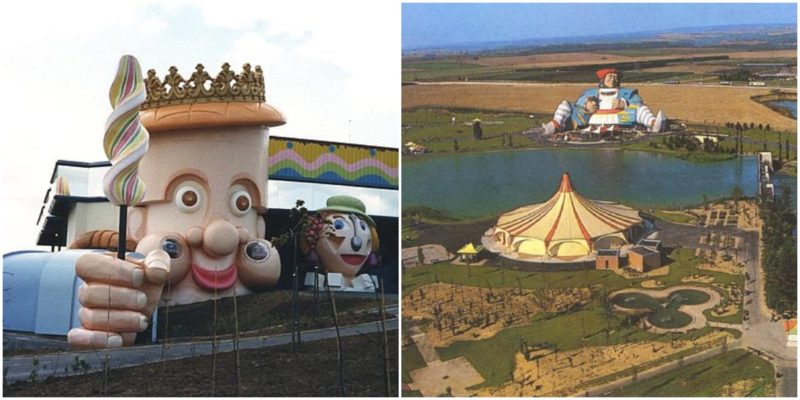French literature was brought to life for a short while in the north of France. Mirapolis theme park’s goal was to offer its visitors a close and physical encounter with some of the most famous stories by French authors. Before it was built, it was announced to the public as “France’s first large amusement park,” and it lived up to the hype. Its story starts in the early 1980s.
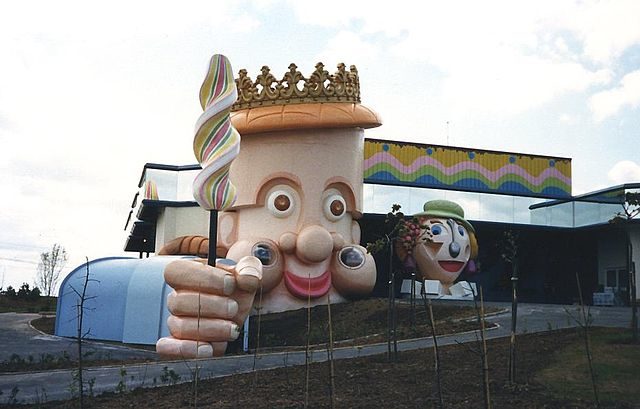
It all started with an idea by French architect Anne Fourcade. She envisioned and designed the original plans inspired by big theme parks that were very popular at the time such as Disneyland.
This one, however, was intended to bring more classical culture and literature to the public – especially the younger generation. The finances were arranged by Sodex Parc and The Arab International Investment Bank for the main investor: a Saudi businessman named Ghaith Pharaon.
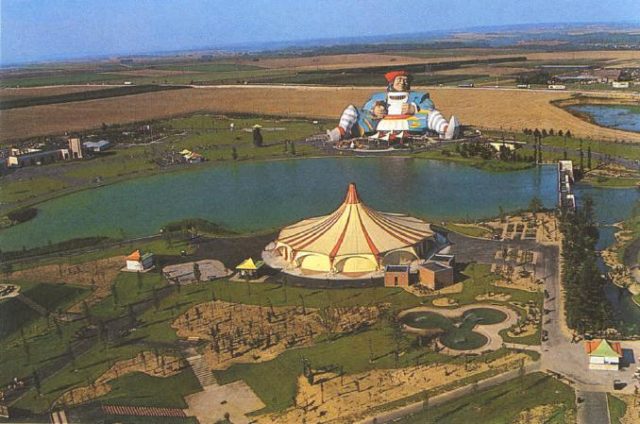
The park was officially inaugurated on May 20, 1987 by the prime minister at the time, Jacques Chirac. Initially, the park had a total of 29 attractions, one grand theater, more than 3,000 seats in several restaurants, 12 food kiosks, and 13 stores – all arranged in eight different themed areas. The maximum daily capacity of Mirapolis was 28,000 visitors.
In the first year after the grand opening, the new park wasn’t very fortunate. It rained almost constantly, and because many of the attractions and events were outdoor activities, many were canceled. In general, the park wasn’t very comfortable for visitors.
The only thing that really prospered during this period was the Grand Théâtre. Tens of thousands of people saw the children’s musical Partir à Point, a comic compilation from various works by La Fontaine played by giant puppets.
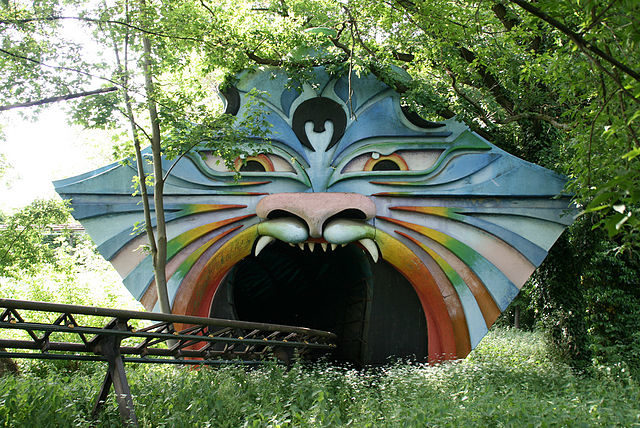
After a short and not very prosperous lifespan, Mirapolis was closed in 1991. It hadn’t turned any profit for the year. The park’s failure was most likely due to poor market research and very optimistic expectations regarding its rentability.
Mirapolis also suffered as a result of being unprepared to deal with elements of nature. It was also speculated that it was considered to be outdated and not very attractive. The ornaments and decor were not constructed using quality materials, and they very quickly weakened and fell into a state where much had to be invested for their restoration.
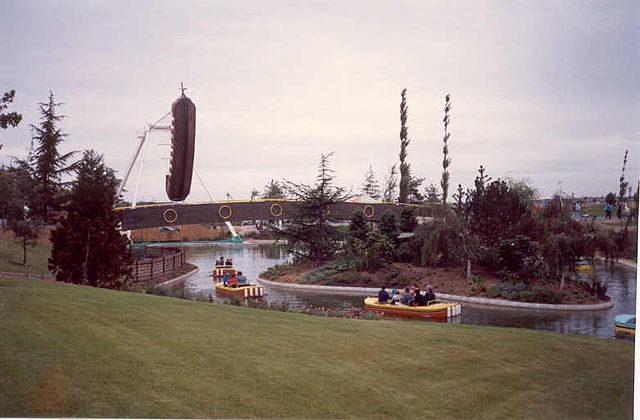
Demolition works began in 1993, and by the end of that same year, most of the buildings were gone. Some of them were displaced to other amusement parks and others were completely deconstructed and sent to scrap yards.
A few of the rides were left untouched for many years after the main demolition. The main attraction of Mirapolis, the big Gargantua statue (the gentle giant), took two years to dismantle. Finally, on September 1, 1995, the last piece standing – its great head – was blasted to bits with dynamite.
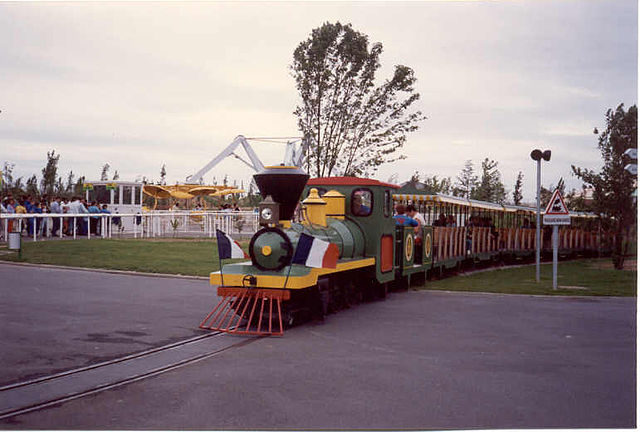
In 2007, the 30th anniversary of the opening of the park was celebrated on May 20th, organized by the association Mirapolis, Les Amis du Parc. Following the celebration, an exhibition of models of the rides, photographs, park tickets, and similar items was organized. Since 2018, there have been plans to revive the place and attract tourists by turning it into an eco-district.
